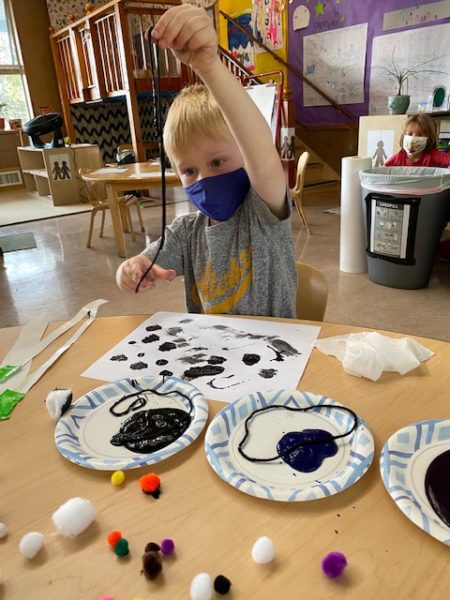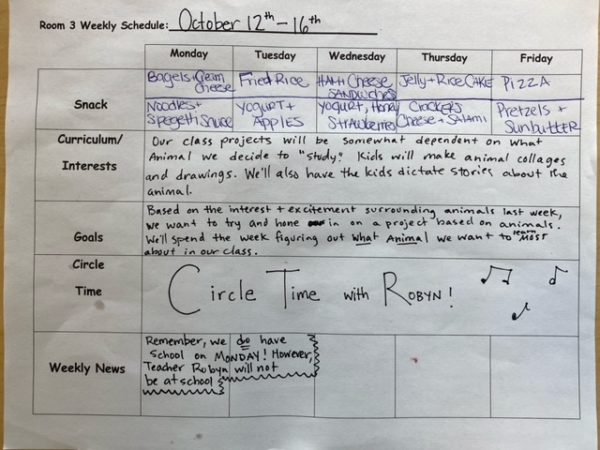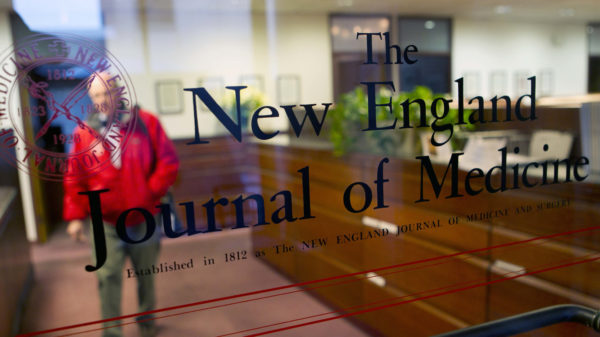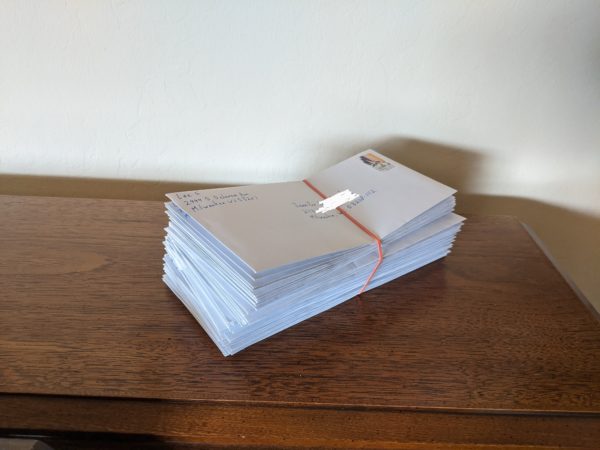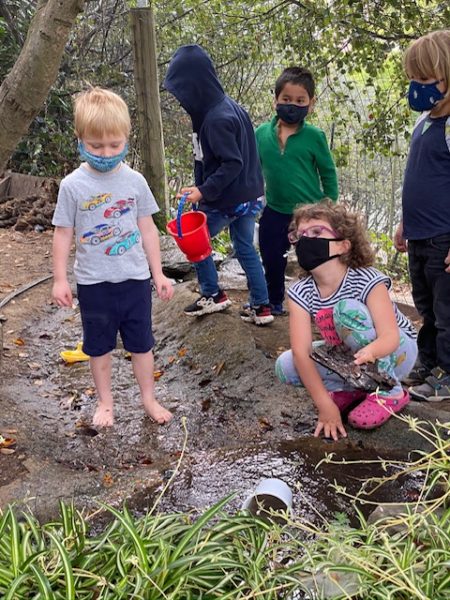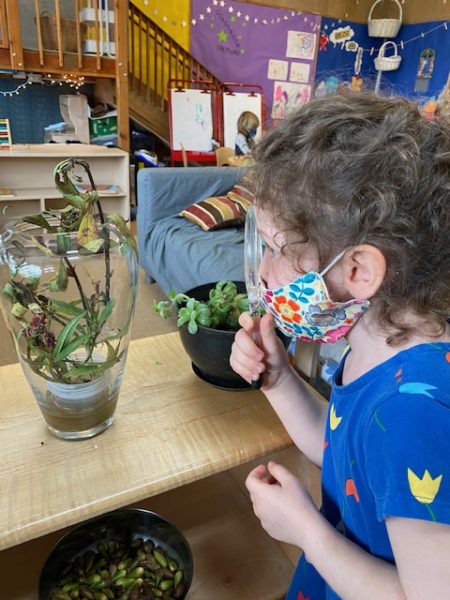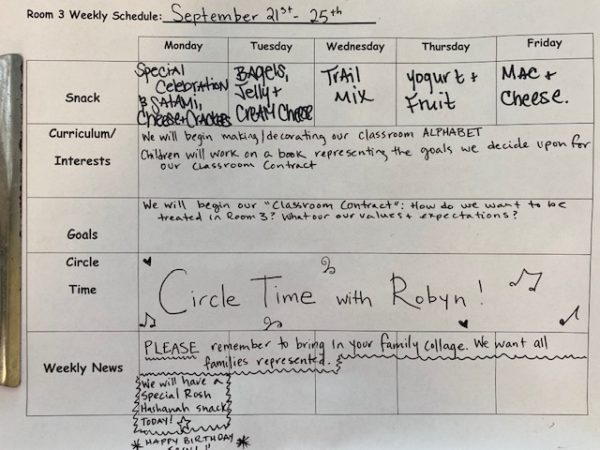Update from Step One Room 3: Awesome
The updates we get from our preschool are so fantastic! My greatest concern is that, at this rate, she’ll be a responsible, capable, joy-filled adult by 4th grade.
————————————————–
Dear Room 3 Families,
We hope you are off to having a wonderful weekend with your family. This week, the focus of Christina’s circle times and projects have centered around meditation and learning tools to calm our bodies down. On Monday, Christina brought all the kids to our cozy spot to talk about what that area can be used for. She talked about the area being a spot where a child can go when they are feeling sad or just wanting a space to be alone. She showed the kids the books we have in that area that focus on the different feelings we are having.
At another circle she introduced how holding a rock can be used to calm our bodies down. She did a great activity where each child held onto a rock during the mindful minute. After, she had each child add their rock to a collective rock structure.
She also introduced yoga as another tool to center our bodies.
Here is a picture of the kids practicing the turtle pose.
At another circle she used the plants as something that the kids can help take care of and be another thing that can help calm our bodies.
One of the art projects this week was doing string painting.
At the manipulative table this week was a basket of glass jewels and different templates for the kids to carefully place the jewels on.
When we sit at drop off and pick up time, the kids have been aware of how fast people drive on Spruce. We talked about what we can do to get people to slow down and they suggested making signs to hold. Here is a picture of a child making their sign.
Here is a picture of the kids holding their signs.
We have been observing that animal play has been a consistent theme this year. Block structures have been animal houses. The playhouse has been used as a veterinary hospital. There has been lots of observing sign of animals in nature up on the hillside and there has been some days of kids even giving birth to animals.
We feel there is enough interest that we are going to start the process of developing a project. The first step will be surveying the kids about what animal each child wants to learn about and making a graph where we can count up which animal has the most interest.
Here are some important reminders and information:
* School will be open this Monday.
* This year the administration has decided to allow each class to permit kids to wear costumes on the Friday before Halloween. Please refrain from any scary costumes and do not send your child with any costume masks. As per our COVID protocols, we will not be allowing any families to contribute any treats or items from home.
* As the rainy season begins, please have good rain gear for your child, as we do go outside in light rain.
* Here is the schedule for next week.
We hope you have a wonderful weekend and we will see you on Monday.
Peace,
Steve, Christina, and Robyn





